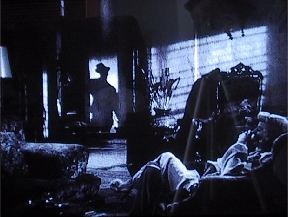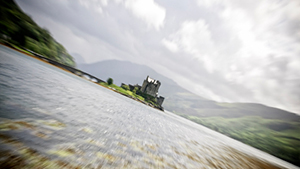We have chosen 3 main actors to cast in our thriller title sequence:

Jack Hull:We have chose Jack as the Antagonist in our thriller this is because he represents a stereotypical man in the 1950's with blond hair, blue eyes. Jack is additionally white British reflective of out target audience.

Shauna Gormley: We have chosen Shauna to feature as the protagonist in our crime thriller, this is because Shauna has a elegant unique look which represents stereotypically white British women in the 1950's. Shauna has features that stand out such as, Blue bold eyes, pale skin and a sweet and innocent look. Shauna suits our target audience of any gender ages 15 years and above.

Simran Kalsi: We have chosen Simran as the role of the tempter to the antagonist. This is because Simran has sharp features such as her eyes, we also thought she would be good at this role because she has great acting skills and seen in our continuity task. We also wanted to show varied ethnicity's in our thriller title sequence.










.jpg)





 This was
This was 